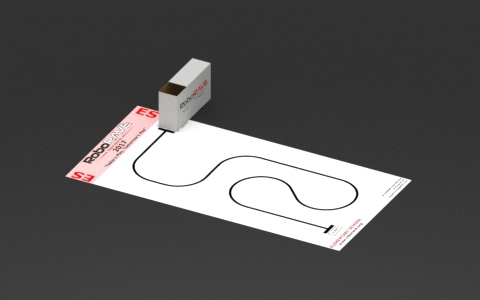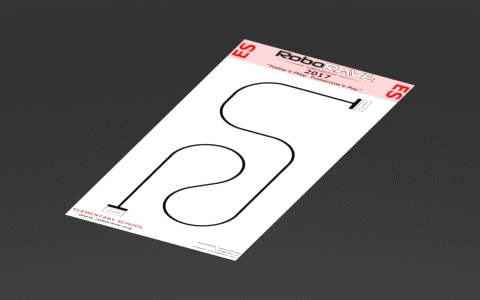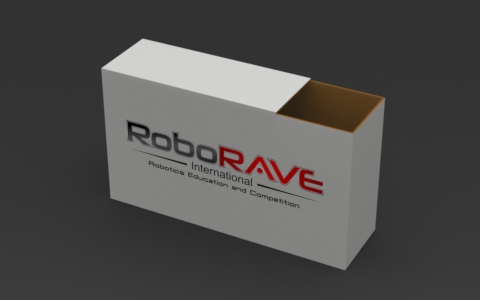Requirements
Autonomous robot, any platform, costing $1,500 USD or less, and meets the following design constraints, which will be verified during Check-In:
- Robot can demonstrate it is running a line following program by negotiating the final 60cm of the current year's line following track; if an intersection is present within the last 60cm, robot will start just past the intersection.
- Robot can demonstrate it will stop upon reaching the tower; you do not have to prove the ability to deliver a ball, or turn around.
- Multiple sensors and processors are allowed.
- Volume of the robot must not exceed 65030cm3.
|
General Play
- A line following program must control your robot’s motion at all times.
- The robot has 3 minutes to complete the tasks.
- Only players can operate and manipulate the robot during the heat.
- Remember: “Players Play, Coaches Coach, Parents Cheer”
- The tower cannot be touched by any person during payload delivery.
- No scooping of balls out of the tower by any person during payload delivery.
- Touching the robot at any time requires it to be picked up and returned to home.
- You will get 10 official scored runs during the challenge scoring period.
- The total of your 5 highest official scores are used to determine tournament selection.
|




